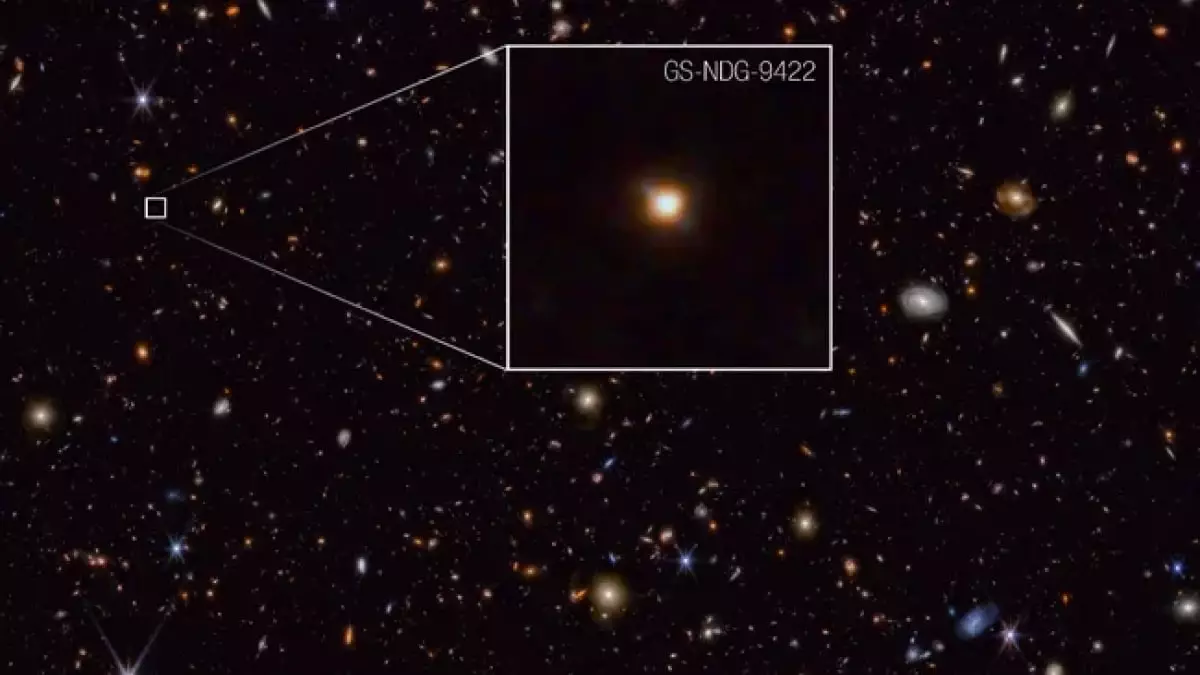The James Webb Space Telescope (JWST) has made significant strides in our understanding of the universe’s infancy by identifying a galaxy approximately one billion years post-Big Bang. This discovery shines a light on a formative era when the cosmos was a frenzy of dust and elemental interactions, laying critical foundations for the more complex galaxies we observe today. The implications of this find stretch beyond merely identifying a distant galaxy; it heralds a new chapter in our cosmic narrative.
What makes this galaxy particularly intriguing is its unusual characteristic where luminous gas clouds dwarf the light emitted by its stars. This reversal of typical galactic dynamics challenges long-standing assumptions about the development of cosmic structures. Traditionally, stars have been viewed as the primary sources of light, with surrounding gas remaining relatively subdued. However, in this instance, the bright gas clouds dominate, suggesting a complex interplay between stars and their environments during the universe’s early stages, a topic ripe for further investigation.
Adding another layer to this discovery, the galaxy is home to significantly hotter stars than those found in modern galaxies. Unlike their ancient predecessors composed mainly of hydrogen and helium, these early stars contain a wealth of heavier elements. This transition in stellar composition may hold vital clues to the processes by which the cosmos transformed from its primordial state to one rich in diversity. Understanding these evolutionary steps is pivotal as they not only provide context for the conditions that led to star formation but also how galactic systems evolved in response to their environments.
The groundbreaking capabilities of the James Webb Telescope allow astronomers to delve into previously unseen regions of the universe. Each new finding from the JWST acts like a puzzle piece, gradually revealing the broader picture of cosmic evolution. As researchers continue to hone in on similar galaxies from this remarkable epoch, they aim to construct a more comprehensive understanding of how galaxies and stars coalesced from the chaotic remnants of the Big Bang.
The recent discovery of this galaxy by the JWST not only highlights the capabilities of modern astronomical instruments but also pushes the boundaries of our understanding regarding the universe’s early days. By unraveling the mysteries of incredibly bright gas clouds and the enigmatic hot stars that coexist within them, scientists stand to redefine the narratives we hold about the formation and evolution of cosmic structures. The pursuit of knowledge about our universe is an ongoing journey, with each revelation deepening our appreciation for the complexity and beauty of the cosmos. As more discoveries unfold, the quest to understand the origins of the universe becomes all the more compelling, anchoring humanity’s quest for knowledge in the rich tapestry of celestial history.


Leave a Reply